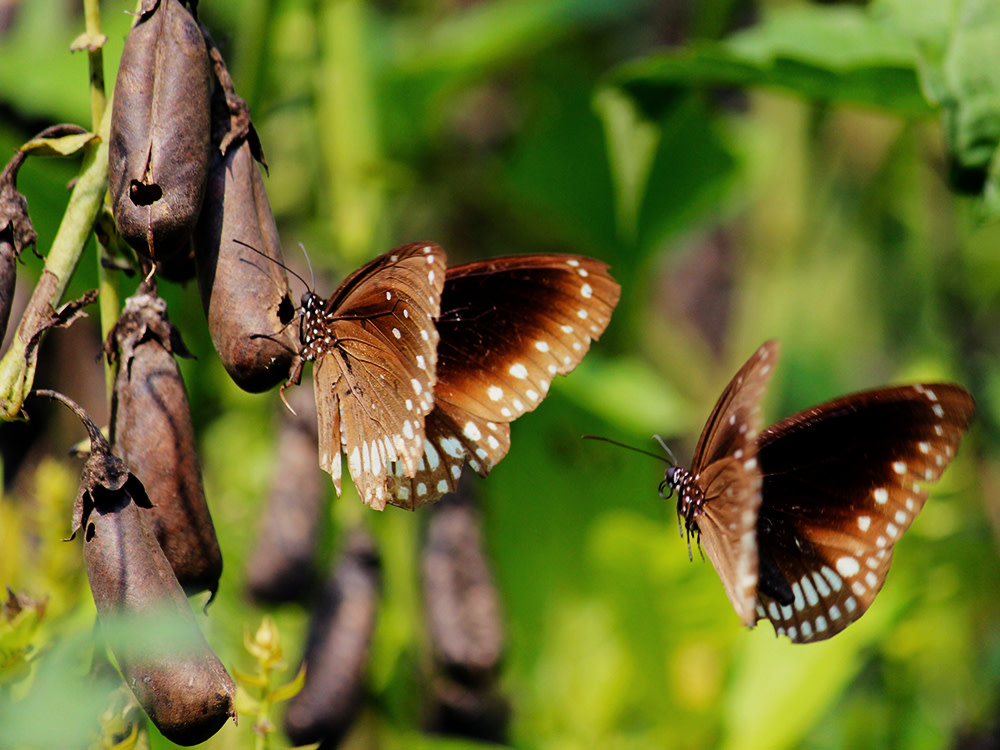 Listen to this article
•
15:34 min
Listen to this article
•
15:34 min
Intriguing stories of the behaviour patterns of animals in the wild always leave me wonderstruck. Among them are the tales of how animals migrate when environmental conditions are unfavourable. One such story I stumbled upon close to home, is that of the migration of butterflies in peninsular India. This migration takes place from the southern Western Ghats to the plains of south India and the Eastern Ghats, to escape the monsoon season. Migrant butterflies that breed in the mountains move to the eastern plains before the monsoon hits the Western Ghats, and return to the mountains during October-December. Residents of the ever-growing metropolis of Bengaluru, which lies on their migratory path, can witness the phenomenon in April-June.

Four species of milkweed butterflies make up the bulk of the migrating swarms, though up to 46 different species are said to participate in the migration. Dakhan dark blue tiger and the double-branded black crow are the most numerous species, along with substantial numbers of the oriental blue tiger and the Indian common crow butterfly. Presenting themselves in vibrant colours and patterns, they flap their wings in our backyards and gardens. Around April every year, these butterflies can be seen in every green nook and corner of Bengaluru city. Though the butterflies are no strangers to urban dwellings, it is not often that we get to see them in such large congregations. If you are in Bengaluru during these months, pause and look out for these creatures fluttering about. You may get to observe them up close, admire their dance like formations, range of colours, and even take a count. Butterflies congregate in the thousands in parks, gardens, and other areas large enough to shelter them.
Unfortunately, this migratory route is facing many threats from developmental activity. The reduced numbers of trees, host plants, and sheltered spaces contribute to a reduction in the number of butterflies observed in the city over the years. The only way to prevent and control the decline of these bewitching creatures is by keeping our backyards green and accessible. Planting some host plants in our gardens, such as the green milkweed creeper (cosmostigma racemosa), green milkweed climber (wattakaka volubilis), and the bread flower (vallaris heynei) will help increase the number of butterflies we see within our cityscapes.







